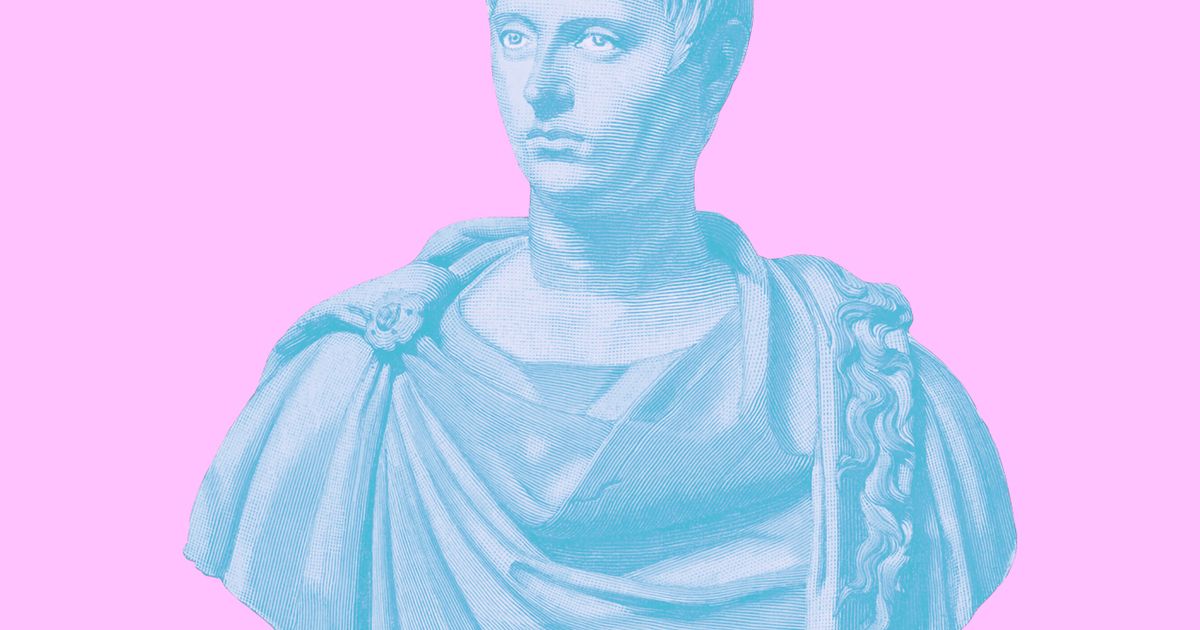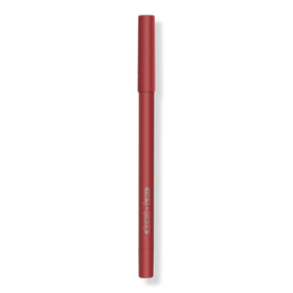
The ancient Roman emperor Elagabalus’ gender identity has been a matter of debate among historians for decades. Now, a museum in the United Kingdom has identified Elagabalus as transgender, adding that they will officially refer to the emperor with she/her pronouns.
The North Hertfordshire Museum pointed to classical texts as evidence of Elagabalus’ trans identity; Cassisus Dio, a Roman historian and administrator, had documented the emperor saying: “Call me not Lord, for I am a Lady.” The museum’s decision has sparked controversy; some experts have questioned this interpretation of history, while others say we cannot apply a modern-day understanding of gender and sexuality for ancient historical figures. This debate speaks to the significant role these cultural spaces play in not only informing our understanding of history but also the manner in which prevailing power dynamics have long shaped the predominant narrative.
“We try to be sensitive to identifying pronouns for people in the past, as we are for people in the present, it is only polite and respectful. We know that Elagabalus identified as a woman and was explicit about which pronouns to use, which shows that pronouns are not a new thing,” Keith Hoskins, executive member for Enterprise and Arts at North Herts Council, told The Telegraph. According to Hoskins, past translations that use the pronoun “they” to refer to Elagabalus are inaccurate. For one, the third-person pronoun when used in classical Greek language doesn’t make distinctions between gender. Further, Hoskins argues that evidence suggests that “Elagabalus most definitely preferred the ‘she’ pronoun and as such this is something we reflect when discussing her in contemporary times, as we believe is standard practice elsewhere.”
Elagabalus has always been a controversial figure in ancient history. There are multiple references to Elagabalus marrying men and women – foremost among them being Hierocles, a charioteer, whom Elagabalus reportedly referred to as “husband.” A 2021 blogpost on the museum’s website claims that Elagabalus had also asked “whether a surgical procedure could make him female.”
A University of Birmingham blog adds: “The emperor is also reported to have frequently worn wigs and makeup… and even offered vast sums of money to any physician who could give them a vagina. In one particular anecdote, Dio wrote that Elagabalus asked one of the Praetorian Prefects what the most painful method of removing their male genitals would be, and offered the man money to do it. It is because of reportings such as these that Elagabalus is believed by some modern historians to have been transgender, as it seems clear that they preferred being seen as a woman, and even sought to physically become one…”
This is not the first instance where fluid notions of gender and sexuality have emerged in historical records or evidence. “Despite the fact that archaeologists regularly come upon evidence that some people did not fit sex and gender binaries, those researchers still have a tendency to diminish their relevance, relegating them to ‘anomalies’ or ‘ambiguous cases.’ That impression is then reproduced by the media and contributes to erasing the stories of people who embodied fluidity in their masculinity and femininity,” Gabby Omoni Hartemann wrote.
But the museum’s decision has divided experts who believe that Dio’s accounts of Elagabalus may not necessarily be true. Portraying the emperor using feminine language may have been an attempt to undermine or weaken the political figure in these texts – the equivalent of modern-day “character assassination.” And in the absence of any words by Elagabalus, it’s difficult to ascertain the truth through second-hand accounts. “The historians we use to try and understand the life of Elagabalus are extremely hostile towards him, and therefore cannot be taken at face value. We don’t have any direct evidence from Elagabalus himself of his own words… References to Elagabalus wearing makeup, wigs and removing body hair may have been written in order to undermine the unpopular emperor,” Dr. Shushma Malik, a Cambridge university classics professor, told the BBC.
While the Romans may not have been familiar with the modern-day trans identity, gender fluidity was not unknown at the time. Still, there was also a practice of using accusations of sexual behavior “as a woman” as an insult for men, Andrew Wallace-Hadrill, a Cambridge classics professor, told The Telegraph. Elagabalus, who ruled from 218 to 222 AD, was also born in Syria and not in Rome. This, Wallace-Hadrill says, could have led to racial prejudice playing a role too. “Most of this [account] is related to the aristocratic and senatorial disdain for the emperor’s oriental origins and beliefs,” noted professor Christian Laes from the University of Manchester.
“This is as tricky [an] area in the ancient world as it is now. What is said by Romans about Elagabalus powerfully reminds us that debates about the boundaries between male and female go back thousands of years (we are not the first generation to have those debates),” renowned classicist Mary Beard told TIME magazine.
The North Hertfordshire Museum’s decision comes after the release of guidelines to make British museums and galleries more trans-inclusive, as per a report by the University of Leicester. “The label ‘trans’ [….] is not a replacement for the many tremendous opportunities to explore historic and cultural specificity but rather, a pathway to this research that enables audiences the opportunity to use their contemporary understanding of gender to learn more about it in the past,” the report said.
This report received considerable flak, prompting the authors to release a statement outlining how inclusion of marginalized and minority groups in cultural organizations is not discriminatory and that museums can serve as public spaces that model inclusion and equity. “There is room in museums for all of us and whilst we celebrate the freedom in a democratic society to hold our own beliefs, we must also acknowledge that this comes with a responsibility to recognise and respect the right we all have to live with dignity,” the authors wrote.
The need for the report and the backlash it received speaks to a deeper problem: one where cultural organizations, such as museums, have long held immense power in shaping narratives that are often projected as neutral in its representations of the past. But as researchers pointed out in a 2021 paper, “museums are not neutral and never have been… [T]hey have their own idiosyncratic power dynamics that reflect and uphold white supremacy and traditional gender norms.” They were designed “by the few for the few.”
Museums, as spaces of memory-making, are key to how we understand history. But these spaces have long been marked by inherent biases that result in exclusionary practices. Museums have historically favored a white, male, heteronormative perspective that is evident in displays. For instance, a case study of natural history exhibits at the Manchester Museum revealed “androcentric biases” – male specimens outnumbered female specimens, while the postures and positions of these displays were telling in themselves, noted the author. 74% of the male specimens were placed higher, while 82% of the specimens displayed in erect, dominant positions were males.
“Social inequality and hierarchies organized by gender, sexuality, race, and social class are evident in the context of museum collections both past and present and were often buttressed as natural,” a 2016 paper notes. Many have noted that few collections represent works by women artists; even fewer represent women of color. What this gatekeeping results in is an erasure of contributions and histories of minority populations which doesn’t allow museums to be the bastions of social representation and lived experience they claim, or aim, to be. This invisibilization of populations occurs in several ways. Earlier this year, the LGBTQIA+ community criticized London’s Victoria & Albert Museum (V&A) for removing trans-inclusive material from its gift shop. “Seeking to hide the existence of trans people contributes to the idea that being trans is somehow unacceptable and adds to the current climate of transphobia and trans-erasure, putting trans people, particularly young trans people, at risk,” said Steven Warwick, secretary for the Public and Commercial Services (PCS) union.
The North Hertfordshire Museum’s decision then can arguably be seen as one step towards correcting our binary-coded interpretations of the past. Highlighting the existence of trans identities in history can help prevent the exclusion and otherization of marginalized populations today. As Hartemann wrote, “The erroneous idea that we, transgender people, ‘have no past,’ feeds the notion held by many cisgender people that we don’t belong in the present.”
This post was originally published on this site be sure to check out more of their content.









